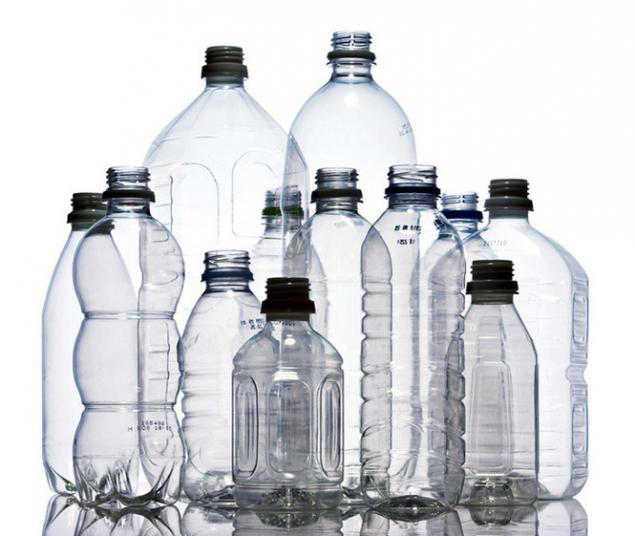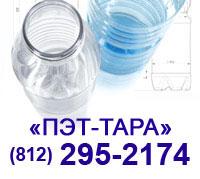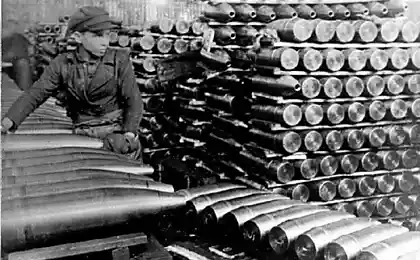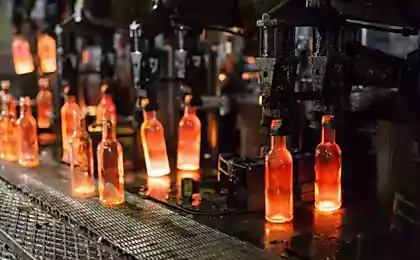548
Manufacture of plastic products
Manufacture of plastic products

In the manufacture of plastic products used a variety of inorganic fillers and reinforcement additives. Some components are used most often as a Supplement to reduce the coefficient of friction as PTFE.
Our company is engaged in production of plastic bottles and other plastic products, and in this article our experts will tell about additives used in the manufacture of these products.
In addition, to modify the properties of polymeric materials in the global industry everywhere are added the following ingredients:
— graphite;
technical carbon;
— fiberglass, etc.
Carbon is an organic component, it is almost missing the point of the IR spectrum and melting point, for this reason, to detect this component is not possible, at least two of the three existing major analytical methods.
Fiberglass is perhaps one of the most popular reinforcement additives in the production of plastic products, calcium carbonate, mica, talc, potassium silicate, etc. represent the fillers that are most commonly used.
All of these components — inorganic nutrients (except potassium carbonate). The determination of any filler in the process of analysis of mixtures is a major challenge.
Virtually all of the compounds in the manufacture of plastic products which are industrially produced, have one reinforcing additive or a filler.
In the production of plastic products definition the number of the or other additives is sufficient. Test for determination of ash content allows you to fully achieve the dissolution of the polymer and, as a result of this, there is only one filler.
Every polymer, when heated to a temperature of 580°C completely disintegrates, with regard to inorganic systems, their heating must reach a temperature of 800 to 900°C, which allows the plastic products to remove the polymer and residue in the form of the filler.
However, to date, the most optimal test in the production of plastic products is considered to be the use of TGA. Despite the fact that the equipment for this test is only to explore a minimum of substances that the TGA allows us to consider the whole picture of the collapse in detail.
If the test of nitrogen or other inert atmosphere at a temperature of 580°C, polymer are: glass fibre and carbonized residue (2% of the total material), which completely disappears when you add air.


In the manufacture of plastic products used a variety of inorganic fillers and reinforcement additives. Some components are used most often as a Supplement to reduce the coefficient of friction as PTFE.
Our company is engaged in production of plastic bottles and other plastic products, and in this article our experts will tell about additives used in the manufacture of these products.
In addition, to modify the properties of polymeric materials in the global industry everywhere are added the following ingredients:
— graphite;
technical carbon;
— fiberglass, etc.
Carbon is an organic component, it is almost missing the point of the IR spectrum and melting point, for this reason, to detect this component is not possible, at least two of the three existing major analytical methods.
Fiberglass is perhaps one of the most popular reinforcement additives in the production of plastic products, calcium carbonate, mica, talc, potassium silicate, etc. represent the fillers that are most commonly used.
All of these components — inorganic nutrients (except potassium carbonate). The determination of any filler in the process of analysis of mixtures is a major challenge.
Virtually all of the compounds in the manufacture of plastic products which are industrially produced, have one reinforcing additive or a filler.
In the production of plastic products definition the number of the or other additives is sufficient. Test for determination of ash content allows you to fully achieve the dissolution of the polymer and, as a result of this, there is only one filler.
Every polymer, when heated to a temperature of 580°C completely disintegrates, with regard to inorganic systems, their heating must reach a temperature of 800 to 900°C, which allows the plastic products to remove the polymer and residue in the form of the filler.
However, to date, the most optimal test in the production of plastic products is considered to be the use of TGA. Despite the fact that the equipment for this test is only to explore a minimum of substances that the TGA allows us to consider the whole picture of the collapse in detail.
If the test of nitrogen or other inert atmosphere at a temperature of 580°C, polymer are: glass fibre and carbonized residue (2% of the total material), which completely disappears when you add air.

Doing good, don't expect good: the 8 Golden rules of communication
Aerotaxi – affordable and safe Shuttle service in all directions of the Crimea























